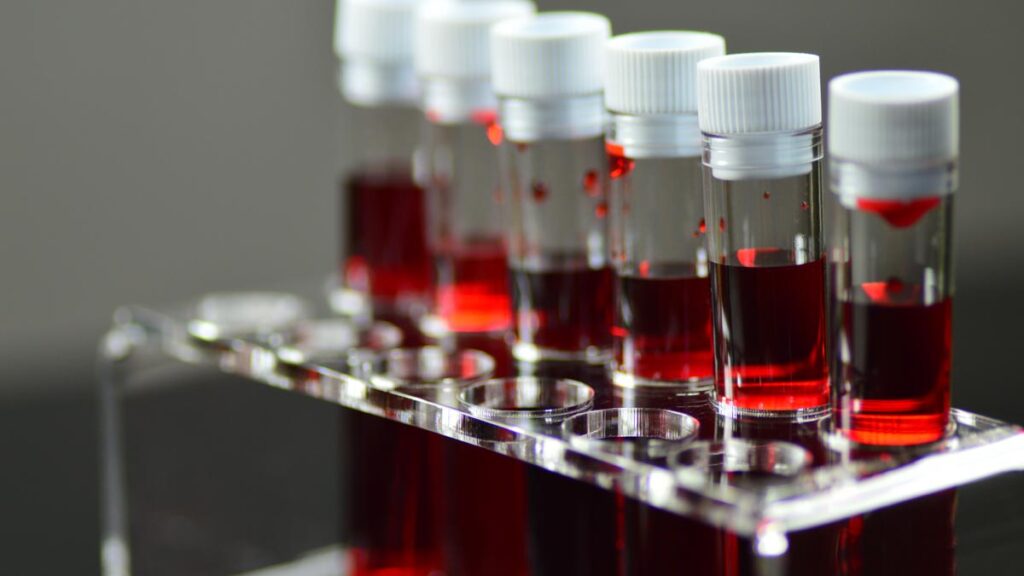A blood clot occurs when a gel-like mass consisting of fibrin and platelets forms in the blood to stop bleeding. Blood clots can be dangerous if it forms incorrectly inside a vein or a deep artery, particularly in the leg. This can hinder blood flow and travel to a person’s lungs, causing pulmonary embolism that can be life-threatening.
Here is what a clot does.
A clot blocks blood circulating through the veins, which carries blood from the lower back to the heart. The clot blockage can cause swelling and acute pain in the affected leg. This discovery of the blood clot in your leg can lead to severe health problems if unattended.
Causes of Blood clots
Some activities can prevent blood from flowing or properly clotting, leading to a blood clot. One of the significant causes is damage to a vein from inflammation or surgery and damage due to an infection or injury. Let’s further discuss some causes;
- Lack of movement: Being sedentary or bedridden for an extended period due to surgery or an illness can cause the blood to clot. Likewise, sitting for an extended period in a plane, car, or train prevents the muscles from contracting and increases the risk of a blood clot in the leg.
What to do: little exercises can be done while sitting for an extended period, like repeatedly stretching your legs and calves. Wearing compression stockings also prevents blood from pooling in the legs.
- Surgery: A blood clot could develop due to damaged blood vessels during surgery. Bed rest with no activity after surgery may also lead to a blood clot.
What to do: simple exercises or activities like moving your feet in circles or up and down can improve blood circulation. And if you are permitted to move about, you can take short walks to improve circulation.
- Pregnancy: Generally, pregnant women are at high risk of experiencing a blood clot. Research shows that pregnant women are 5-10 times more likely to experience blood clots than those who aren’t pregnant. This is a result of the natural changes during pregnancy; the blood clots more easily to lessen blood loss during labour or child delivery.
What to do: Exercise as recommended by the doctor. Some pregnant women may be given a drug prescription called “low-molecular-weight heparin”. This is used to treat and also prevent blood clots.
- Obesity: Being obese or overweight can put more pressure on the veins in the legs and pelvis, causing the blood to clot.
What to do: First, you must focus on your diet. A moderate amount of purple grape juice and little sips of red wine keep blood platelets from sticking together and forming clots. We have the powerful antioxidants called polyphenols present in purple grapes to thank. Garlic, as we know, has many health benefits, like breaking up harmful clusters of platelets in the bloodstream. Go garlic!
- Smoking: Smoking affects how blood clots and flows. Nicotine in cigarettes increases levels of hormones like adrenaline in the body, which increases the formation of blood clots.
What to do: Quit smoking. When you quit, you have lower cholesterol, blood pressure, and thinner blood, reducing the risk of blood clots.
If you feel soreness, pain in your leg, or a discoloured part of the skin that was not there before, this could indicate a blood clot. Seek medical attention as soon as possible

